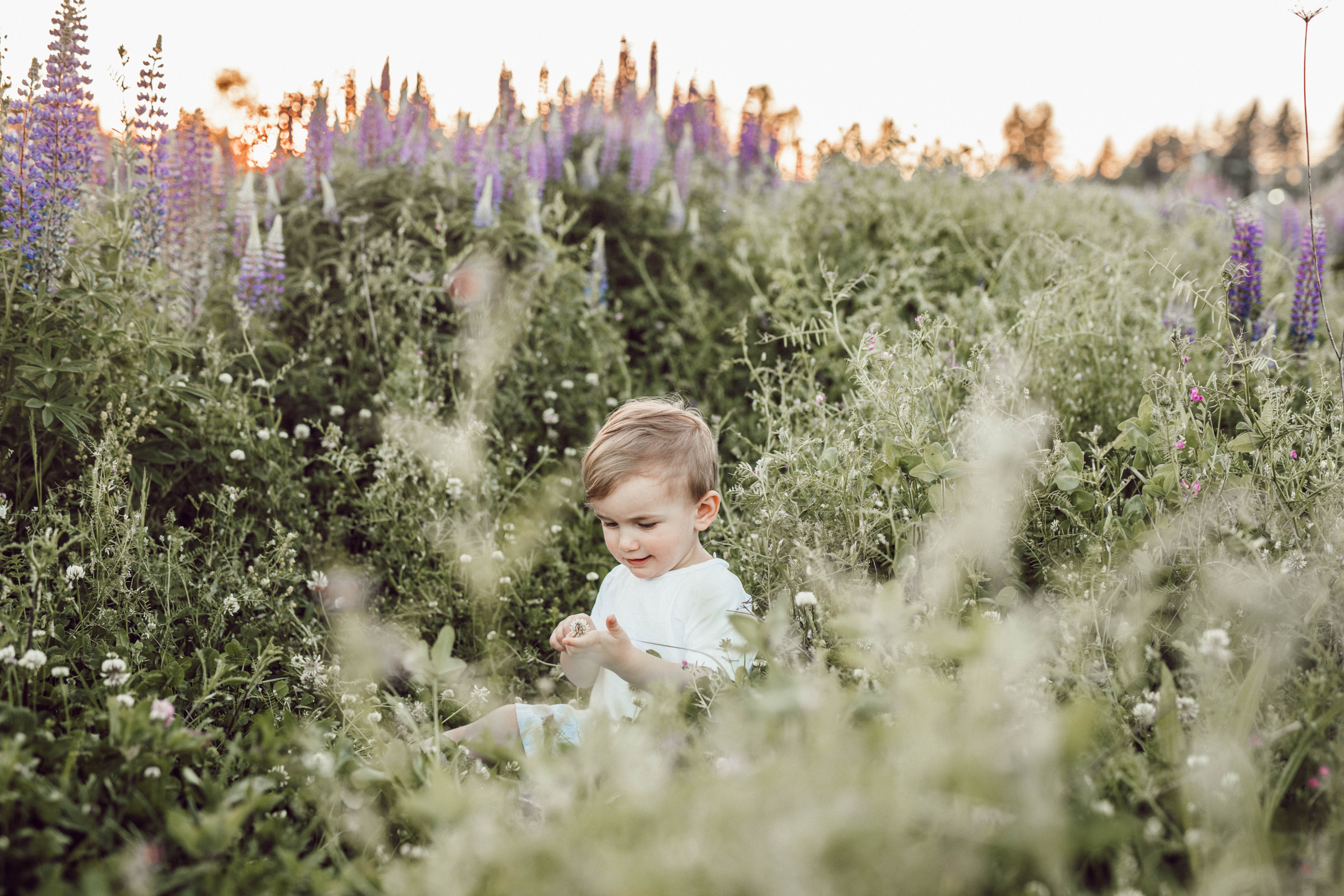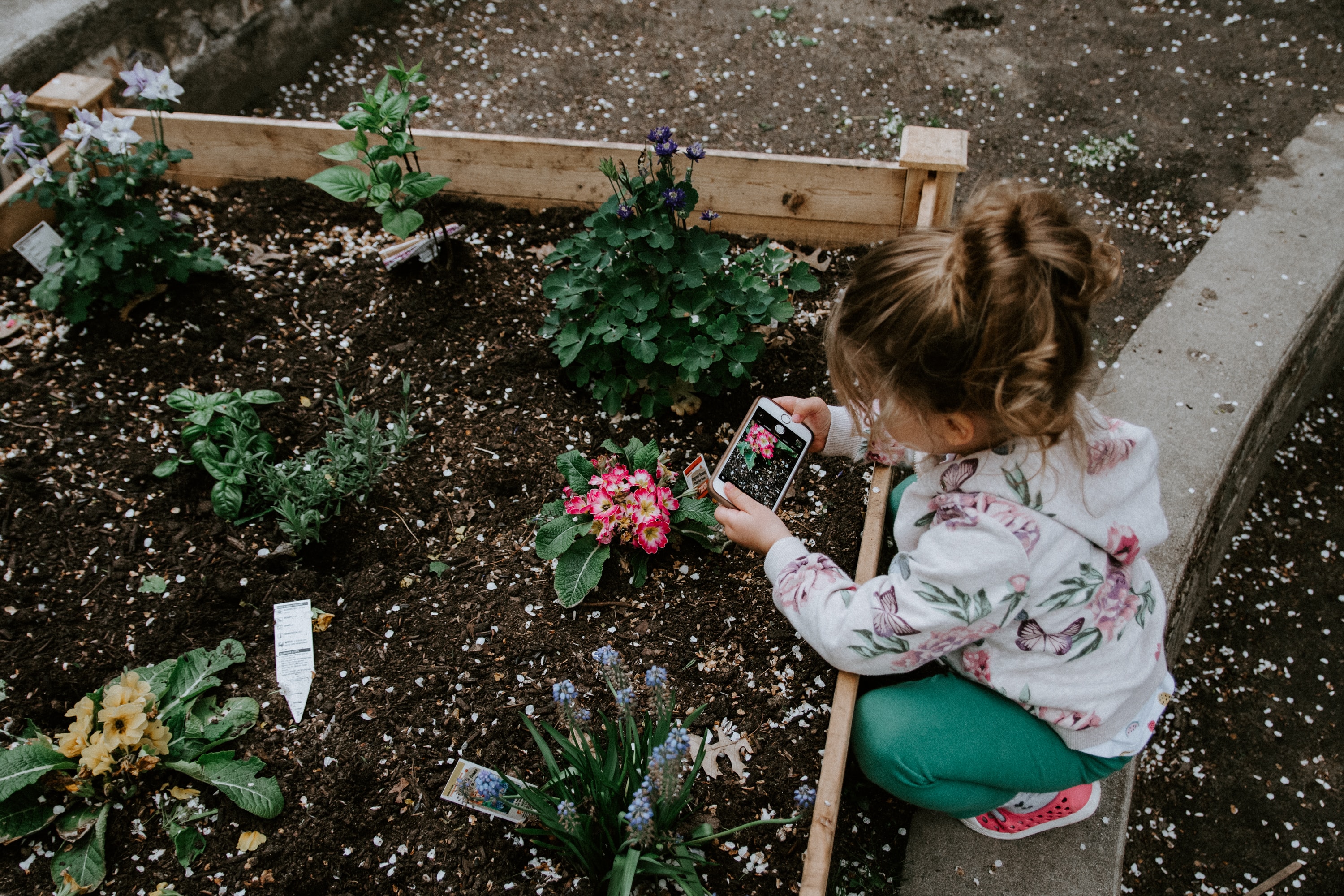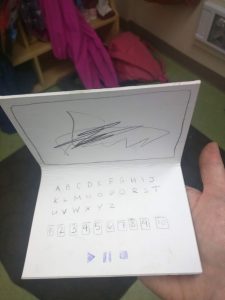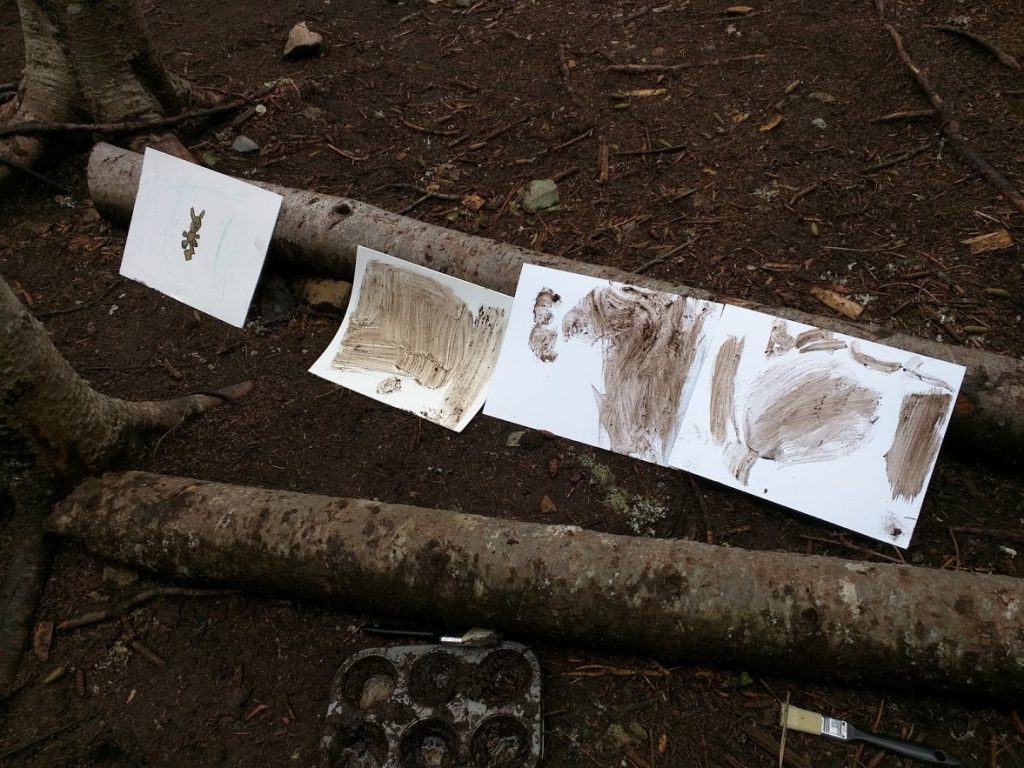My initial goal for this week was to look into the types of digital technologies (and possible apps) that other preschool forest and nature programs were using for inquiry and place-based learning. However, after reaching out to those I know locally who run outdoor programs, as well as groups I am a part of online (Reggio Inspired Early Childhood Educators, Wildschooling, & Newfoundland/Labrador Early Childhood Educators), I decided to change my focus.
The responses I received seemed to align with what I was finding in the literature. First, there were strong opinions that technology and nature should not mix (the nature/technology binary), Second, the ways that technologies are integrated into programs/contexts varied from substitution to performing tasks that may not have been otherwise been possible without the use of technology. This informal research however, did not, give me any feedback into the critical thought that went into choosing these apps/technologies. I felt I needed to look into this binary further, and gather some tools to better evaluate the types of technologies and apps being used in preschool inquiry place-based experiences.
The questions I sought to answer were, Where does this nature/technology binary come from ? What are ways to evaluate WHAT technologies are being used for inquiry place-based learning, and WHY ?

Curiosity Photo by Liana Mikah on Unsplash (https://unsplash.com/photos/t2ODooWyQWI)
Nature/technology binary
Rose, Mersereau, and Whitty (2017), reference, Affrica Taylors (2013) book “Reconfiguring the Natures of Childhood” as instrumental in challenging their conception of nature and culture (technology being a component of culture), and encouraging them to think critically about the relationship between the two. Taylor (2013), encourages us to move away from a romanticized view of children in nature, and nature as purifying childhood (therefore technology is polluting this experience ?). The first part of her book explores the ways Rousseau created idealized links between children’s innocence and the purity of nature, which has continued to inform current conception of child-nature relationships. This romanticized and adult idealized view of childhood innocence and nature as good and pure, has further informed, Taylor argues, the current movement to return children to nature. Positioning nature and culture as binaries, further creates a dichotomy of children in nature and technology/culture. Instead Taylor (2013), suggests viewing nature and culture, as fluid – “naturecultures”, looking at (learning with) the entanglements of the two (their common worlds).
Taylors (2013) work provides a different lens on which to reframe child-nature-technology entanglements, one which looks at learning with and inquiring with these entanglements, instead of viewing them as separate and in opposition.

Pictures of the Garden
Photo by Kelly Sikkema on Unsplash (https://unsplash.com/photos/iu3MkDoQXDM)
Part two of my inquiry was to gather tools used by others programs or researchers to critically evaluate the technologies and apps being used in preschool rograms for inquiry and/or place based learning practices. This inquiry has led me outside the field of education and into the fields of geography, environmental science, and beyond.
What is lost – what is gained?
Cuthbertson, Socha, and Potter (2004) made an interesting argument about the “insulating” or “filtering” effect that the adoption of modern technologies have on the ways we experience nature with nature and with others. While modern technologies such as digital technologies (though the article also discussed modern adaptations to traditional technologies – Birch bark canoe to plastic canoe), may make certain tasks easier or more efficient, what is lost in the move from analogue to digital ? Cuthbertson et al. (2004) caution that some digital technologies in nature are merely shortcuts to information or skills that already existed. Some questions they ask practitioners to question are; what messages are we sending with the technologies we choose to use? is the addition of the technology in line with the programs goals ? Is it adding to, or diminishing the experience ?
Affordance theory and learning
The article “Technological affordances, social practice and learning narratives in an early childhood setting” (Carr, 2000) questions what is learned from the materials and tools that are made available to children. In this case Carr (2000) used affordance theory to look at the affordances of non-digital technologies in the making of hats in a preschool classroom. However, this same theory could be used to examine the affordances of digital technologies. Carr (2000) uses three categories to analyze the level of affordances a material provides.
- Transparency: How easily something (device,app etc.) is able to be understood or used. A person does not need to be trained how to use these devices, their design makes it obvious. Transparency can also depend on context (such as a child’s previous experiences).
- Challenge: How many options something has for use. The more ways it can be used, makes it more challenging. Further, it is can be combined with other materials/matters, this can add to its level of challenge.
- Accessibility: How much social participation the device allow for, for instance can only one person use it at a time or does it allow for multiple users.
The argument being that the greater affordances a device provides, the greater the complexity of interactions, the greater amount of learning that will take place. Perceptions of possibility surrounding a material or tool are also influenced by the experiences of the individual and other social actors in the environment, such as educators or other children (Carr, 2000).
Reflections
While the Common Worlds framework is relatively new to me, I would like to spend more time with it, Affrica Taylors work, and others who inform this way of learning and inquiring with. In particular I wonder how it will change the way in which I frame forest school practice, child-nature interactions (intra-actions?), and how it all ties together with technology use. I imagine this inquiry will go beyond this course.
I began my inquiry with a goal to build a toolbox of technologies and apps that I could pull from to meet the context of my program and deepen children’s place-based inquiries, which I have. However, more importantly I have been gathering tools to evaluate WHAT technologies I will integrate, and WHY I am choosing to use them.
For instance, What types of technologies/apps are being afforded and what are the affordances of these technologies/apps ? How do these affordances change within different contexts (social, environmental) ? How might the technology impact the experience ? Pedagogically, what am I (and colleagues) noticing about the intra-actions between technology and nature, children and technology, and nature-child-technology ? What are children noticing ? By reframing children in nature as children with nature and technology am I increasing the affordances of space and place ?
Family and societal concerns that technology may disrupt our connection with place is valid, however, through critical refection on use, purpose, and context, could it also deepen our connections ? Going back to seeing technologies as another language in which to express as well as decode the world around us, technologies/apps could be reframed as another tool for connecting with (nature, others in the space) and inquiring with (children, adults ect.).
Next post

Ipad-TV-Computer, created in the forest for “watching shows.”
Tablets and other smart devices appear to be the most contested in the nature/forest school context. I have gathered a few articles that look at the ways these devices have been used for inquiry-place based learning in outdoor/indoor preschool environments. Next post I plan to dive a bit deeper into these articles. stay tuned …
References
Carr, M. (2000). Technological affordances, social practice and learning narratives in an early childhood setting. International Journal of Technology and Design Education, 10, 61–79.
Cuthbertson, B., Socha, T. L., & Potter, T. G. (2004). The double-edged sword: Critical reflections on traditional and modern technology in outdoor education. Journal of Adventure Education and Outdoor Learning, 4, 133-144. doi:10.1080/14729670485200491
Rose, S., Fitzpatrick, K., Mersereau, C. & Whitty, P. (2017). Playful pedagogic moves: digital devices in the outdoors. In D. Harwood Crayons and ipads (pp. 16-28). 55 City Road, London: SAGE Publications Ltd doi: 10.4135/9781473916012.n3
Taylor, A. (2013). Reconfiguring the natures of childhood. Milton Park, Abingdon, Oxon: Routledge.

Recent Comments